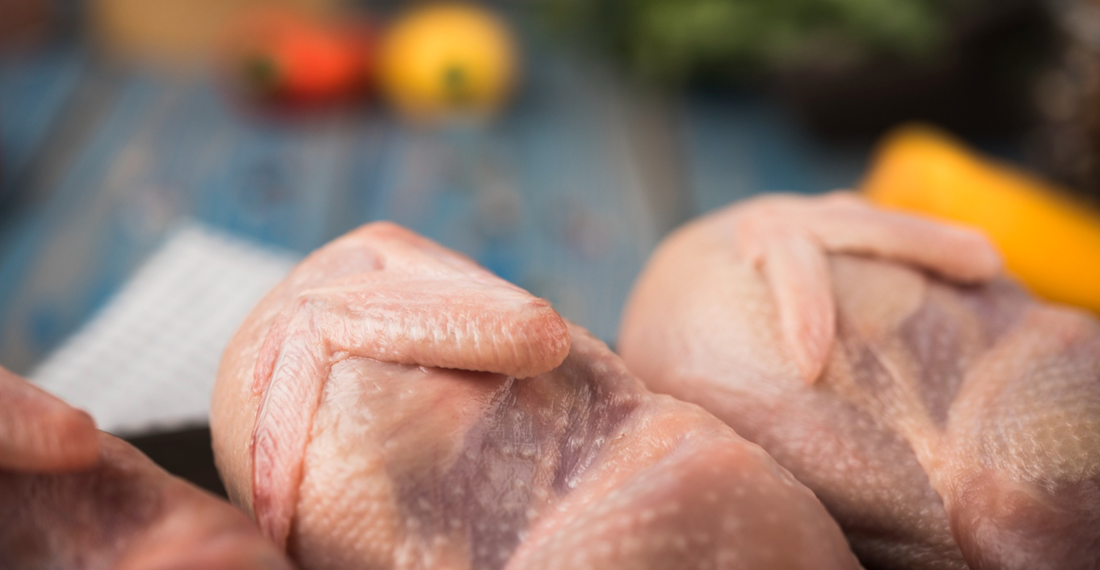
Chicken Exports on Track for Record High in 2025
Feb, 26, 2025 Posted by Gabriel MalheirosWeek 202509
The outlook for Brazil’s chicken exports in 2025 is shaping up to be better than initially expected by the industry. With sanitary issues affecting competing countries—many grappling with avian flu outbreaks—and production costs still under control, there is a chance that chicken shipments will surpass the projected 5.4 million tonnes, which would set a new record.
The previous all-time high was registered in 2024 when Brazil shipped 5.294 million tonnes to the international market.
“Initially, I expected a strong first half and a more moderate second half. Now, I see the entire year performing well,” said Ricardo Santin, president of the Brazilian Association of Animal Protein (ABPA), in an interview with Valor.
Currently, the association forecasts a 1.9% increase in chicken exports in 2025, totaling 5.4 million tonnes. However, Santin indicated that the projection is likely to be revised upward.
The updated forecast depends on market developments, but if everything proceeds as expected, the revision should come by June or July.
The following chart shows Brazilian poultry meat exports each month from January 2021 to December 2025. The data was derived from DataLiner, a Datamar-powered intelligence product.
Poultry Meat Exports | Jan 2021 – Dec 2024 | TEUs
Source: DataLiner (click here to request a demo)
In January alone, Brazil exported 443,000 tonnes of chicken, including both fresh and processed products, according to ABPA data. The volume represented a 9.4% year-on-year increase and set a record for the month of January.
Santin explained that sanitary issues among global suppliers are diverting demand toward Brazil, which has not recorded any outbreaks of highly pathogenic avian influenza (H5N1) in commercial poultry farms.
“This is the case with the Democratic Republic of Congo, which increased its chicken purchases from Brazil by 26% last year, while the U.S. cut exports by 46,000 tonnes, or 49% less compared to the previous year,” he highlighted.
Since January 1, more than 34 countries have reported avian flu outbreaks, according to the World Organization for Animal Health (WOAH). The United States alone has over 60 active outbreaks, while the United Kingdom has reported 64, Germany 76, Poland 40, and the Netherlands 36.
The outbreak in the U.S., Brazil’s main competitor in the global market, has reduced the availability of eggs for consumption, impacting the meat market and driving higher domestic chicken consumption as a substitute for eggs.
According to the U.S. Department of Agriculture (USDA), American exporters left a gap of 367,000 tonnes in international chicken sales in 2024 compared to the previous year, closing the year with 3.3 million tonnes shipped.
Additionally, several traditionally strong chicken-exporting countries within the European Union have also reported outbreaks, further tightening global supply. The ABPA noted that EU chicken exports in 2024 were lower than those recorded four years ago.
“The pressure of avian flu on global supply is driving more importers toward Brazilian products, and this trend is expected to intensify in the second half of the year, historically the strongest period for exports,” Santin emphasized.
Production Costs
Lower corn and soybean meal prices last year supported the meat industry, as these commodities are key ingredients in animal feed and among the primary production cost drivers for poultry and pork farming.
For 2025, Santin acknowledged that input prices have rebounded but remain manageable.
The Esalq/BM&FBovespa corn index closed on Monday, February 24, at R$ 84.85 per 60-kilo sack, up 34.55% year-on-year, according to the Center for Advanced Studies on Applied Economics (Cepea).
From a supply perspective, Santin believes there is no risk of grain shortages for meatpackers.
“The sector does not anticipate problems accessing inputs this year. According to the National Supply Company (Conab), the corn carryover stock for the year should surpass 2024 levels,” he said.
“Various consultancies have indicated that total corn production could exceed 130 million tonnes, which would enhance cost predictability for animal feed,” he added.
However, Conab’s more conservative estimate places Brazil’s total corn production at 122 million tonnes for the 2024/25 harvest.
Source: Globo Rural
-
Ports and Terminals
Jan, 17, 2022
0
Omicron cases detected in Shenzhen and Beijing
-
Shipping
Dec, 17, 2024
0
Global shipping finance portfolio moves closer to net zero goals
-
Grains
Dec, 17, 2020
0
ABRAMILHO: Brazil to increase corn exports to China
-
Coffee
Oct, 13, 2022
0
Coffee: October shipments number 952,678 bags



